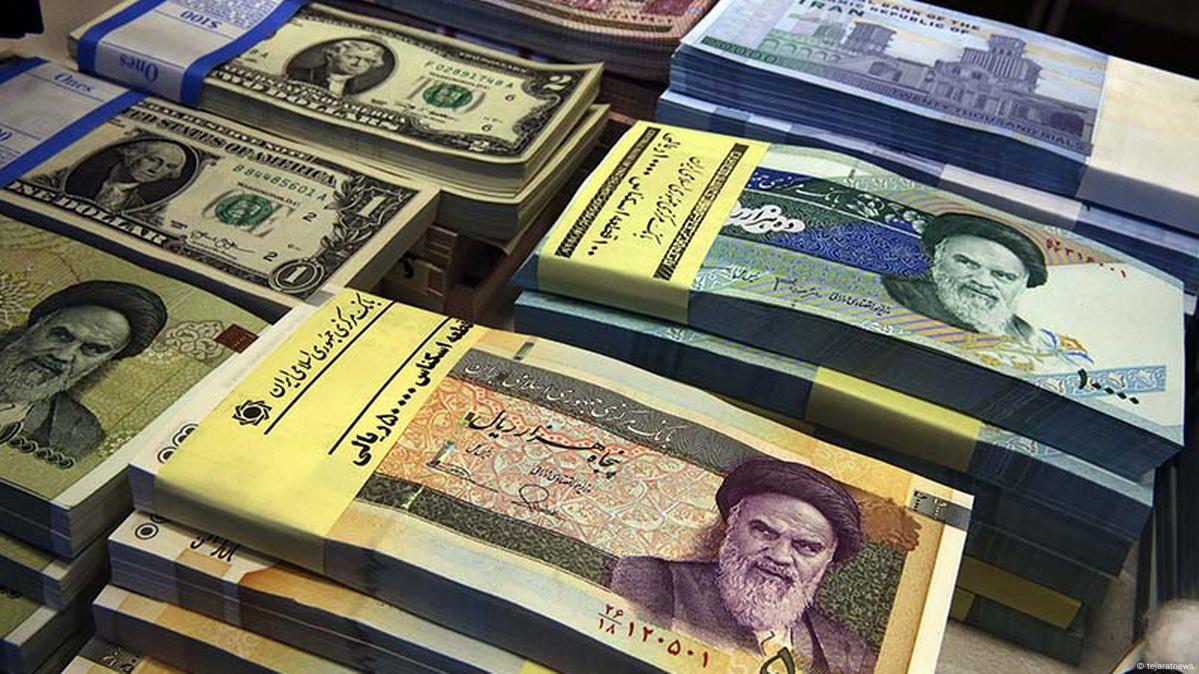- Mumbai
Iran moves to Slash Four Zeros from Rial Amid Ongoing Economic Crisis
Iran is moving ahead with a long-discussed plan to slash four zeros from its embattled currency, the rial, in an attempt to simplify transactions after years of inflation and economic turmoil. The parliament’s economic committee approved the general outlines of the redenomination proposal on Sunday, according to committee head Shamseddin Hosseini. Under the new system, one new rial would equal 10,000 of the current rials. Iran’s currency has been steadily losing value due to decades of high inflation, economic mismanagement, and harsh international sanctions that have cut the country off from global banking and investment. The rial took another hit recently after a brief war in June with Israel, further deepening political and economic uncertainty. Although discussed since the 1990s, the plan still requires full parliamentary approval and must be cleared by the Guardian Council, which oversees legislation in Iran. Supporters say the move will reduce transaction costs, but critics argue it won’t address the root causes of Iran’s financial woes. “This is not monetary policy—it’s just a symbolic accounting measure,” said economist Kamran Nadri in the local press. Currency redenomination has been used elsewhere—Turkey, Romania, Zambia, and Israel have all removed zeros after bouts of hyperinflation. Iran’s deeper economic challenges include dependency on oil, heavy subsidies, cronyism, and restricted access to international markets due to sanctions. Economists warn that without sanction relief, substantial recovery remains unlikely. Before the June conflict, Iran had been negotiating with the US for a nuclear deal tied to lifting sanctions. Foreign Minister Abbas Araghchi signaled a willingness to resume talks—on the condition that Iran receives compensation for wartime damages and security guarantees. Separately, Iran’s Supreme National Security Council approved the creation of a centralized defence council to oversee military planning and capacity building.







